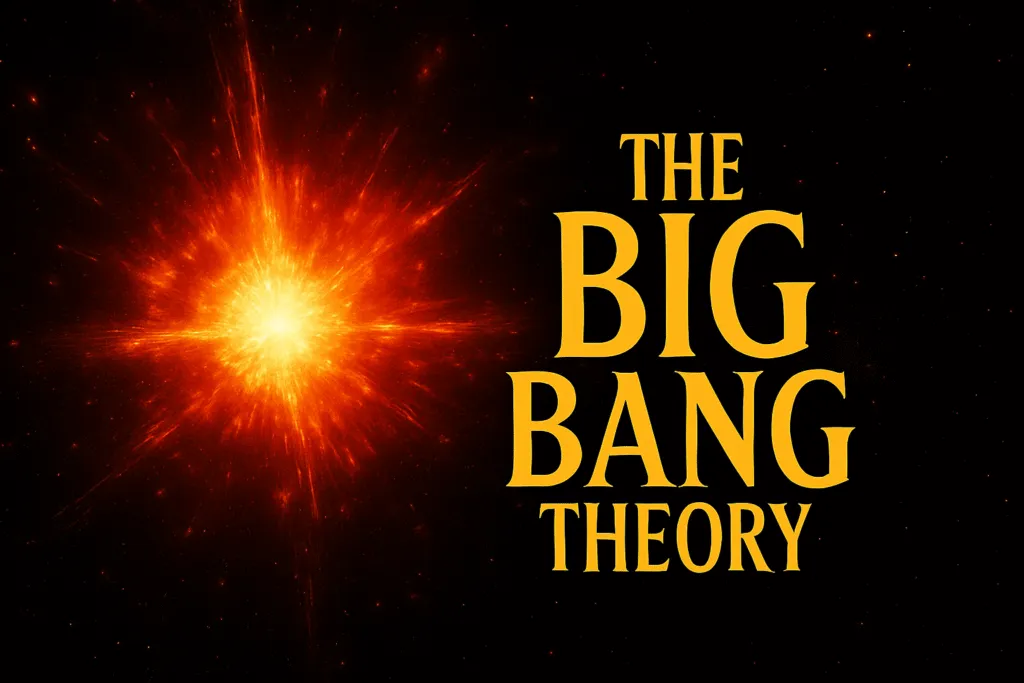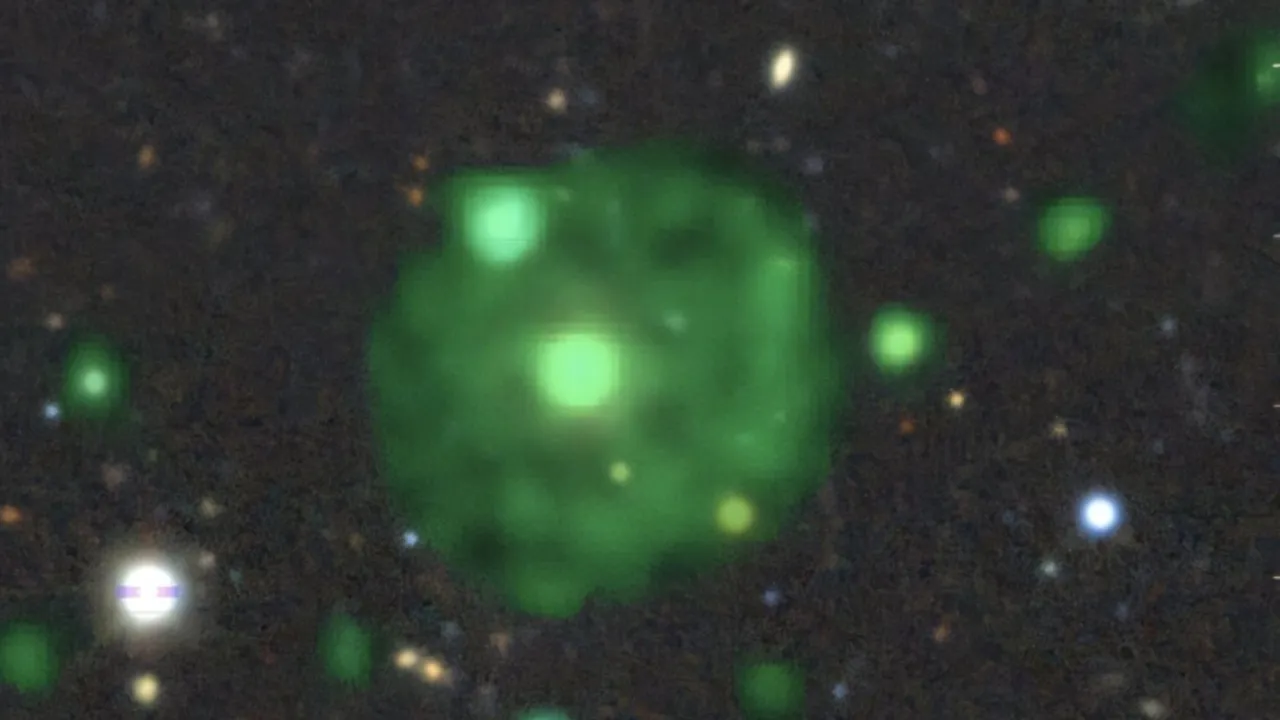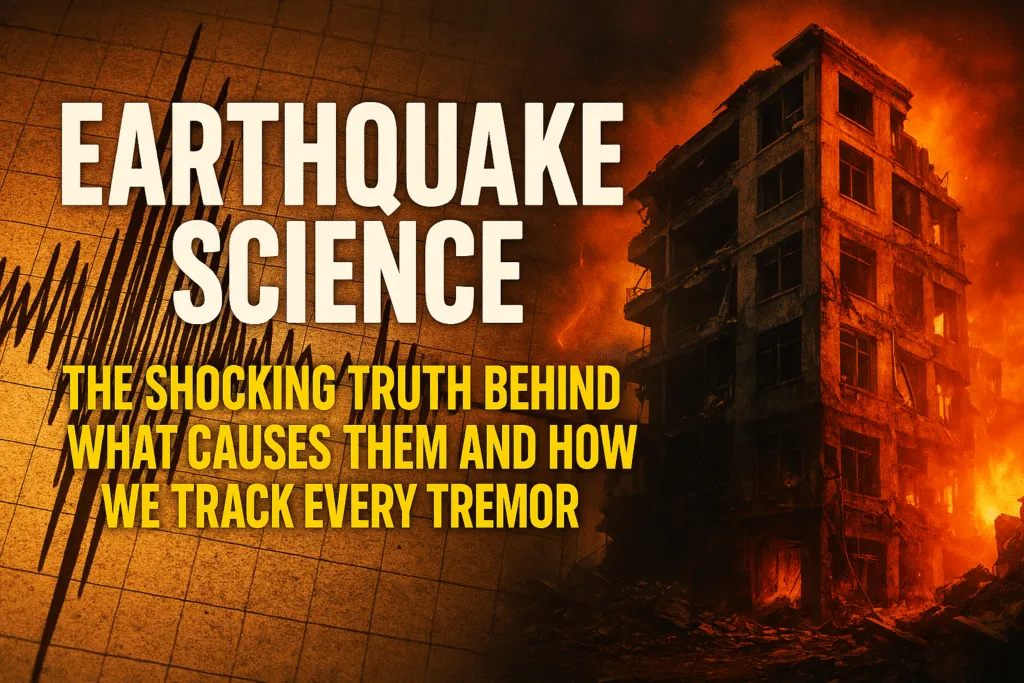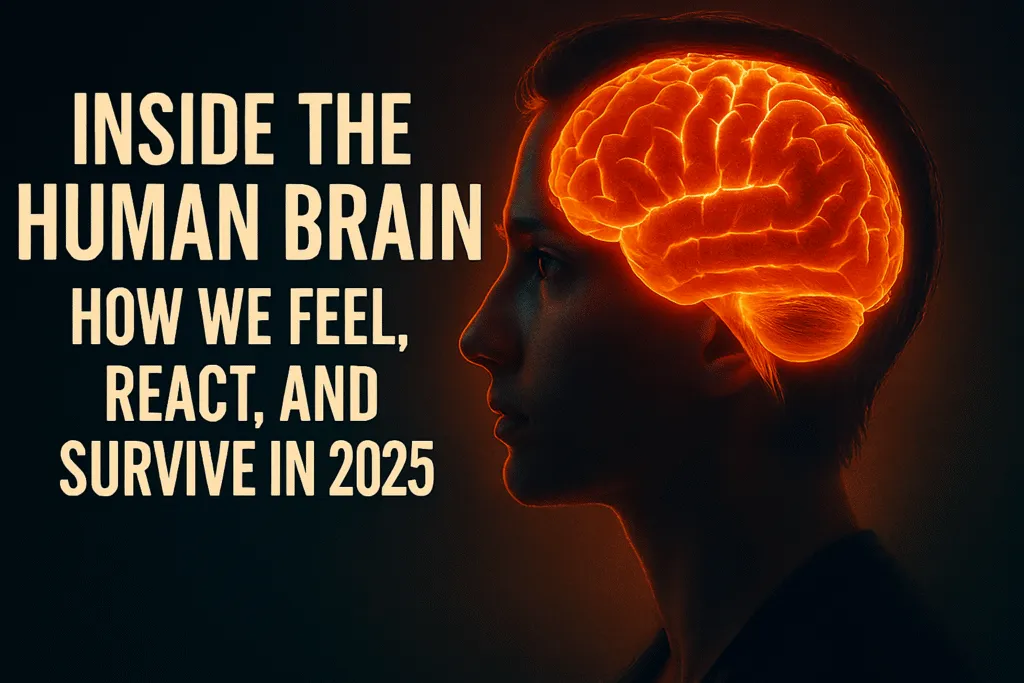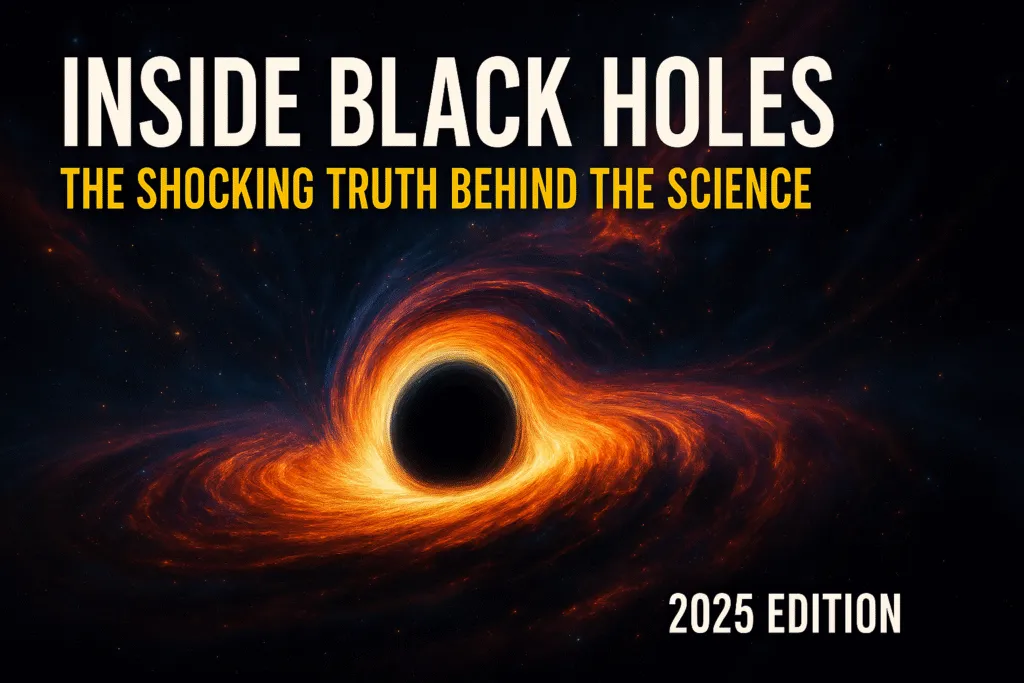Introduction: What Is the Big Bang Theory?
The Big Bang Theory is one of the most fascinating explanations about how our universe began, and it continues to spark curiosity among scientists, researchers, and everyday learners. At its core, the theory suggests that the universe started nearly 13.8 billion years ago from a single, unimaginably small and dense point, often referred to as a singularity. This point rapidly expanded, giving rise to space, time, matter, and energy. Over billions of years, galaxies, stars, and planets—including our own Earth—emerged from this expansion.
When people hear about the Big Bang Theory, many imagine an explosion in space. In reality, it was not an explosion in the traditional sense but rather an expansion of space itself. Think of it like stretching a balloon—the surface keeps expanding, and everything on it moves farther apart. Similarly, galaxies are still drifting away from each other, which proves the universe is continuously growing.
What makes the Big Bang Theory so compelling is the scientific evidence that supports it. Observations such as the cosmic microwave background radiation, the abundance of light elements like hydrogen and helium, and the redshift of galaxies all point towards a universe that had a clear beginning. These discoveries not only confirm the theory but also give us a glimpse into the earliest moments of creation.
For tech-savvy readers and curious minds, understanding the Big Bang Theory is more than just exploring cosmic history—it’s about appreciating the science and technology that make such discoveries possible. Advanced telescopes, space probes, and computer simulations continue to refine our knowledge, making this theory both a scientific foundation and an exciting journey into the unknown.
The Universe Before the Big Bang – Was There Anything?
One of the most intriguing questions people ask when learning about the Big Bang Theory is, “What existed before it happened?” This question has puzzled scientists, philosophers, and curious minds for centuries. The truth is, the Big Bang Theory only explains how the universe began from the moment of expansion, not necessarily what came before. That leaves plenty of room for fascinating ideas and debates.
According to modern physics, time and space themselves began with the Big Bang. This means asking what happened before might be similar to asking what lies north of the North Pole—it simply may not exist in the way we imagine. In other words, there may not have been a “before,” because time as we know it didn’t exist yet.
However, scientists and cosmologists have put forward several theories. Some suggest that the universe could be part of an endless cycle of expansion and collapse, often called the oscillating universe theory. Others propose the concept of a multiverse, where our universe is just one bubble among countless others. Quantum physics also leaves open the possibility of fluctuations in a “quantum vacuum” giving birth to our universe.
While none of these ideas are proven, they highlight how vast and mysterious the cosmos truly is. The Big Bang Theory gives us a powerful explanation for how everything we see today began, but it doesn’t close the door on bigger questions about existence itself.
For readers who love exploring science and technology, this mystery is part of what makes the study of the universe so exciting. With every new telescope, satellite, and computer model, humanity takes one step closer to understanding whether anything existed before the Big Bang—or whether the beginning is the ultimate mystery.
The Big Bang: How It All Began
The Big Bang Theory explains that everything we see in the universe today started from an incredibly small, hot, and dense state nearly 13.8 billion years ago. At that moment, all the matter and energy of the cosmos were compressed into a single point known as a singularity. Then, in an instant, this singularity began expanding—not into space, but creating space itself as it grew. This rapid expansion marks the true beginning of the universe.
Unlike a traditional explosion, which throws material into surrounding space, the Big Bang was the expansion of space itself. Imagine tiny dots on the surface of a balloon—when the balloon is inflated, each dot moves farther away from the others. Similarly, galaxies are still moving apart today, showing that the universe has been expanding since that first moment.
In the first few seconds after the Big Bang, temperatures were unimaginably high, and particles of matter and energy were forming in an extremely chaotic environment. Over time, as the universe cooled, these particles began combining to form the basic elements that would eventually give rise to stars, galaxies, and planets.
What makes the Big Bang Theory so powerful is that it provides a scientific framework to trace back the history of the universe. From tiny subatomic particles to the majestic galaxies we see through telescopes today, everything can be connected to that first moment of expansion.
For modern researchers, this isn’t just about history—it’s about discovery. By studying how the Big Bang began, scientists hope to uncover more about the forces of nature, the origins of time and space, and perhaps even what could lie beyond our observable universe.
The First Few Seconds of the Universe
The first few seconds after the Big Bang Theory took place were the most crucial in shaping the universe we know today. In those fleeting moments, the universe was unimaginably hot and dense, filled with pure energy. Temperatures reached trillions of degrees, and conditions were so extreme that normal matter could not exist yet. Instead, the universe was a sea of fundamental particles like quarks, electrons, and neutrinos, constantly colliding and transforming.
Within a fraction of a second, the universe began expanding rapidly. As it grew, it also started to cool. This cooling allowed quarks to combine and form protons and neutrons—the building blocks of atomic nuclei. Just a few minutes later, these particles fused together in a process known as nucleosynthesis, creating the first light elements such as hydrogen, helium, and traces of lithium. These simple elements eventually became the raw material for stars and galaxies.
Another important milestone in these early seconds was the creation of photons, or particles of light. However, the universe was still too dense for light to travel freely. It would take hundreds of thousands of years before the cosmos became transparent enough for light to move across space, leading to what we now observe as the cosmic microwave background radiation.
The beauty of the Big Bang Theory is that it allows scientists to reconstruct this timeline with remarkable accuracy using physics, mathematics, and astronomical observations. The first few seconds may seem brief, but they set the foundation for everything—the stars shining above us, the Earth beneath our feet, and even life itself.
These opening moments remind us that the vast and complex universe we see today was born from the simplest of beginnings, all within seconds after the Big Bang.
Formation of Matter, Atoms, and the First Light
After the chaotic first few seconds described by the Big Bang Theory, the universe began to settle into a more structured form. As it continued to expand, temperatures dropped, allowing particles to combine into something more stable. Protons and neutrons, which had formed earlier, started coming together to create the nuclei of simple atoms such as hydrogen and helium. These were the first elements in the universe and became the foundation for everything that would follow.
However, atoms were not yet complete. For nearly 380,000 years after the Big Bang, the universe was still too hot for electrons to attach themselves to atomic nuclei. Instead, it was filled with a dense, glowing plasma where light could not travel freely. This period is often referred to as the cosmic “dark age” because, although matter existed, the universe was opaque, and no light could escape.
Finally, as the universe cooled further, electrons began to join with atomic nuclei, forming neutral atoms in a process known as recombination. This was a turning point in cosmic history. For the first time, light could move freely across space, giving birth to what scientists call the cosmic microwave background radiation—a faint glow that still exists today and serves as one of the strongest pieces of evidence for the Big Bang Theory.
This release of the first light marked the end of the dark age and set the stage for the formation of stars and galaxies. Hydrogen and helium atoms slowly began clumping together under the force of gravity, creating the first massive stars, which later produced heavier elements through nuclear fusion.
The formation of matter, atoms, and the first light reminds us that everything we see around us—from the tiniest particles to the largest galaxies—can be traced back to these simple beginnings shaped by the Big Bang.
Galaxies, Stars, and Planets: Building Blocks of the Universe
Once matter and light had taken form after the Big Bang Theory, the universe entered a new phase—one that gave rise to the grand structures we see today. Over millions of years, clouds of hydrogen and helium began to collapse under the pull of gravity. These dense regions eventually ignited nuclear fusion, creating the very first stars. These early stars were massive and short-lived, but they played a vital role in shaping the universe by producing heavier elements like carbon, oxygen, and iron through fusion and supernova explosions.
Groups of stars started coming together to form galaxies, the vast cosmic cities that now hold billions of stars. Our own Milky Way is just one of countless galaxies born from this process. Galaxies became the primary building blocks of the universe, each evolving with unique shapes, sizes, and clusters over billions of years.
Inside galaxies, stars continued their life cycles, giving birth to new generations of stars and planetary systems. As heavier elements spread across space, planets like Earth could eventually form. This progression—from simple hydrogen atoms created after the Big Bang to complex worlds capable of supporting life—is one of the most remarkable chapters in cosmic history.
What makes the story even more fascinating is that this process is ongoing. New stars and planets are still forming today, meaning the universe is constantly evolving. The Big Bang Theory not only explains the beginning of the cosmos but also gives us a framework to understand how galaxies, stars, and planets came to be—and how they continue to shape our existence.
In essence, the stars above us, the Earth beneath us, and even the atoms in our bodies all trace their origins back to the cosmic journey that began with the Big Bang.
Evidence That Supports the Big Bang Theory
The Big Bang Theory is not just a fascinating idea—it is supported by strong scientific evidence gathered over decades. Astronomers and physicists have studied the universe through telescopes, satellites, and computer models, uncovering clues that confirm the universe really did begin with a massive expansion. Three major discoveries stand out as the strongest pieces of evidence.
Cosmic Microwave Background Radiation
One of the most important discoveries that supports the Big Bang Theory is the cosmic microwave background radiation (CMB). This faint glow of energy fills the entire universe and is considered the leftover heat from the early stages of the cosmos. First detected in 1965, the CMB is like a snapshot of the universe when it was only about 380,000 years old. Its uniform presence across space proves that the universe was once extremely hot, dense, and filled with light that eventually cooled as it expanded.
Expansion of the Universe
Another powerful piece of evidence is the observation that galaxies are moving away from each other. In the 1920s, astronomer Edwin Hubble discovered that the light from distant galaxies was redshifted, meaning they are receding as space itself expands. This directly aligns with the Big Bang Theory, which describes the universe as continuously growing since its beginning. Even today, advanced telescopes confirm that the farther away a galaxy is, the faster it moves away—clear proof of an expanding universe.
Abundance of Light Elements
The Big Bang Theory also correctly predicts the proportions of light elements such as hydrogen, helium, and lithium in the universe. During the first few minutes after the Big Bang, nuclear reactions created these elements in specific amounts. When scientists measure their abundance today, the results match the predictions almost perfectly. This consistency offers strong evidence that the theory is accurate.
Together, these three discoveries—cosmic radiation, expansion, and light element formation—form the foundation of modern cosmology. They not only confirm the Big Bang Theory but also allow scientists to trace the universe’s story with incredible precision.
Common Misconceptions About the Big Bang
The Big Bang Theory is one of the most widely discussed scientific ideas, but it is also one of the most misunderstood. Because the concept deals with something so vast and complex, it has often been explained in ways that lead to confusion. Clearing up these misconceptions is important for truly understanding what the theory says about the origin of the universe.
One of the biggest misconceptions is that the Big Bang was a giant explosion in space. In reality, it was not an explosion at all but an expansion of space itself. Instead of matter being thrown into empty space, space was stretching, carrying galaxies and matter with it. This difference is crucial to understanding why galaxies are still moving apart today.
Another common misunderstanding is the belief that the Big Bang explains what caused the universe to begin. The theory does not describe the ultimate cause—it only explains what happened starting from the moment of expansion. Questions like what existed before the Big Bang or what triggered it are still mysteries that scientists are working to explore.
Some also think the universe began from a specific spot in space. In truth, the Big Bang Theory tells us that the expansion happened everywhere at once. No matter where you are in the universe, the galaxies appear to be moving away, which shows that expansion is a property of space itself.
Lastly, many assume that the theory is just speculation. However, it is backed by strong evidence such as cosmic microwave background radiation, the expansion of galaxies, and the abundance of light elements. These observations make it one of the most reliable scientific explanations for the origin of the universe.
By addressing these misconceptions, we can better appreciate the Big Bang Theory as a cornerstone of modern cosmology and a gateway to understanding our cosmic beginnings.
Alternative Theories and Scientific Debates
While the Big Bang Theory is the most widely accepted explanation for the origin of the universe, it is not the only idea that scientists have considered. Over the years, alternative theories and ongoing debates have helped refine our understanding of the cosmos. These discussions are vital in science because they push researchers to test, challenge, and strengthen the evidence behind existing models.
One well-known alternative is the Steady State Theory, which suggested that the universe has always existed in its current form and continues to expand while new matter is created to fill the gaps. This theory once rivaled the Big Bang Theory but lost support after the discovery of the cosmic microwave background radiation, which strongly supported a universe with a clear beginning.
Another idea is the Oscillating Universe Theory, which proposes that the universe goes through endless cycles of expansion and contraction. According to this view, the Big Bang may not have been a unique event but part of a repeating cycle. Although fascinating, there is currently no solid observational evidence to confirm this model.
The concept of a Multiverse has also gained attention in recent years. This theory suggests that our universe is just one bubble in a much larger collection of universes, each with its own laws of physics. While still highly speculative, the multiverse idea raises exciting possibilities about the true scale of reality.
Even within the Big Bang Theory itself, debates continue. For example, scientists discuss details like cosmic inflation, dark matter, and dark energy to explain how the universe evolved so smoothly after the initial expansion. These unresolved questions keep the discussion alive and encourage new discoveries.
In the end, alternative theories and debates don’t weaken the Big Bang Theory—they strengthen it by challenging scientists to dig deeper. Each new observation helps us refine the story of the universe and pushes us closer to unlocking its greatest mysteries.
Why the Big Bang Matters: Understanding Our Existence
The Big Bang Theory is not just about distant galaxies or abstract physics—it is directly connected to our own existence. By explaining how the universe began and evolved, the theory helps us understand where we come from and why the cosmos looks the way it does today. Every star in the sky, every planet in orbit, and even the atoms in our bodies are linked to that first moment of expansion.
One of the most powerful reasons the Big Bang Theory matters is that it provides a timeline of creation. From the formation of simple elements to the birth of galaxies and the development of life, it offers a framework for how everything unfolded over billions of years. Without this perspective, our understanding of space, time, and life itself would remain incomplete.
The theory also highlights our deep connection to the universe. The carbon, oxygen, and iron that make up our bodies were formed inside stars that existed long before Earth came into being. When those stars exploded, they spread these elements across space, eventually allowing planets and living beings to form. In a very real sense, we are made of “stardust,” and the Big Bang Theory explains how that process began.
On a larger scale, this knowledge inspires curiosity and innovation. By studying the origins of the universe, scientists develop new technologies—from powerful telescopes to advanced computer simulations—that also benefit other fields. Understanding the Big Bang is not just about looking backward; it helps us push forward into the future of science, space exploration, and even technology on Earth.
Ultimately, the Big Bang Theory matters because it gives us context. It reminds us that our lives are part of a much greater story—a cosmic journey that began nearly 14 billion years ago and continues to unfold today.
The Future of the Universe: What Comes Next?
The Big Bang Theory explains how the universe began, but it also raises another big question: what will happen in the future? Just as scientists look back in time to understand the first moments of creation, they also study the forces shaping what lies ahead. By observing galaxies, dark matter, and dark energy, researchers are developing possible scenarios for the ultimate fate of the cosmos.
One widely discussed idea is the Big Freeze. Because the universe is expanding and galaxies are moving farther apart, stars will eventually burn out, and new ones will stop forming. Over trillions of years, the universe could become dark, cold, and lifeless. This scenario is considered the most likely outcome based on current observations of accelerating expansion.
Another possibility is the Big Crunch, where gravity might eventually slow down the expansion and cause the universe to collapse back into a dense state. If this happened, the universe could end in a reverse of the Big Bang, with all matter crushed into a singularity once again. Although this idea is fascinating, current evidence suggests that expansion is speeding up, making the Big Crunch less likely.
A third theory is the Big Rip, which suggests that if dark energy continues to accelerate expansion at an increasing rate, it could eventually tear apart galaxies, stars, planets, and even atoms themselves. While highly speculative, it shows how mysterious dark energy still is and how it might play a decisive role in the universe’s future.
The Big Bang Theory gives us the framework to ask these questions, but the answers are still unfolding. Every new discovery—from powerful space telescopes to deeper studies of cosmic forces—brings us closer to understanding what comes next. Whether the universe freezes, crunches, or rips apart, one thing is certain: its story is far from over.
Conclusion: The Ongoing Mystery of the Universe
The Big Bang Theory has given humanity a remarkable window into the origins of everything we see around us. From the very first moments of expansion to the formation of stars, galaxies, and planets, it provides a scientific story that explains how the universe came to be. Yet, as much as it reveals, it also leaves us with profound mysteries that continue to challenge scientists and inspire curiosity.
We now know that the universe is expanding, that it had a fiery beginning nearly 14 billion years ago, and that the light elements and cosmic radiation we observe today are powerful evidence of this origin. But questions remain. What caused the Big Bang? Was there something before it? What role do dark matter and dark energy play in shaping the future? These puzzles remind us that science is a journey of discovery rather than a set of final answers.
The beauty of the Big Bang Theory lies in its ability to connect us with the cosmos. It shows that the same processes that shaped galaxies also created the atoms in our bodies, tying our existence to the stars themselves. It also highlights the power of human curiosity and technology, proving that by asking bold questions, we can uncover truths about the universe that once seemed unreachable.
As we look to the future, one thing is clear: the story of the universe is still unfolding. Each new observation and discovery brings us closer to understanding the grand design of the cosmos. The Big Bang Theory may explain how it all began, but the mystery of the universe ensures that the quest for knowledge will never truly end.
Also Read: Cricket Revolution 2025: BCCI Rolls Out ‘Serious Injury Replacement’ Rule.
FAQs on the Big Bang Theory
1. What is the Big Bang Theory in simple words?
The Big Bang Theory is the scientific explanation that the universe began around 13.8 billion years ago from a tiny, extremely hot and dense point. It then expanded rapidly, creating space, time, matter, and energy, which eventually formed galaxies, stars, and planets.
2. Was the Big Bang an explosion?
Not exactly. A common misconception is that the Big Bang was like a bomb going off in space. In reality, it was the expansion of space itself. Everything in the universe was once compressed together and then stretched apart as space grew.
3. What existed before the Big Bang?
The Big Bang Theory does not explain what came before it. Some scientists suggest there may not have been a “before,” since time and space themselves started with the Big Bang. Others propose ideas like the multiverse or an oscillating universe, but these remain unproven.
4. How do scientists know the Big Bang happened?
Evidence comes from several key discoveries: the cosmic microwave background radiation (leftover heat from the early universe), the expansion of galaxies, and the exact proportions of light elements like hydrogen and helium. Together, these strongly support the Big Bang Theory.
5. Is the universe still expanding?
Yes. Observations show that galaxies are moving away from each other, and the universe continues to expand at an accelerating rate due to a mysterious force called dark energy.
6. What will happen to the universe in the future?
Scientists suggest a few possibilities: the Big Freeze, where the universe becomes cold and dark; the Big Crunch, where it collapses back into a dense state; or the Big Rip, where dark energy tears everything apart. Current data suggests the Big Freeze is the most likely outcome.
7. Why does the Big Bang Theory matter to us?
It matters because it explains our origins. The elements that make up our bodies were formed in stars that trace back to the Big Bang. Understanding this theory connects us directly to the universe and gives context to our place within it.
